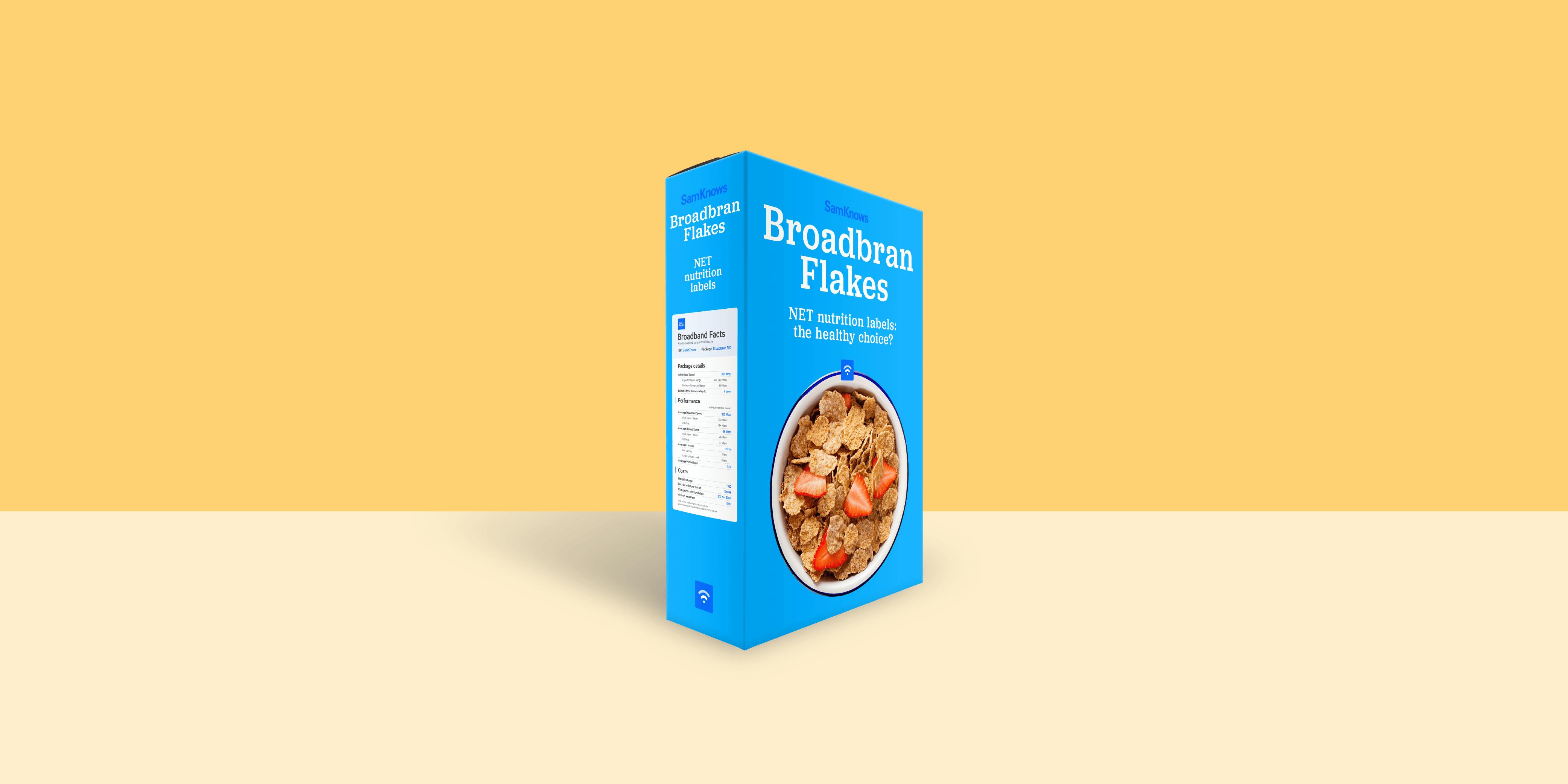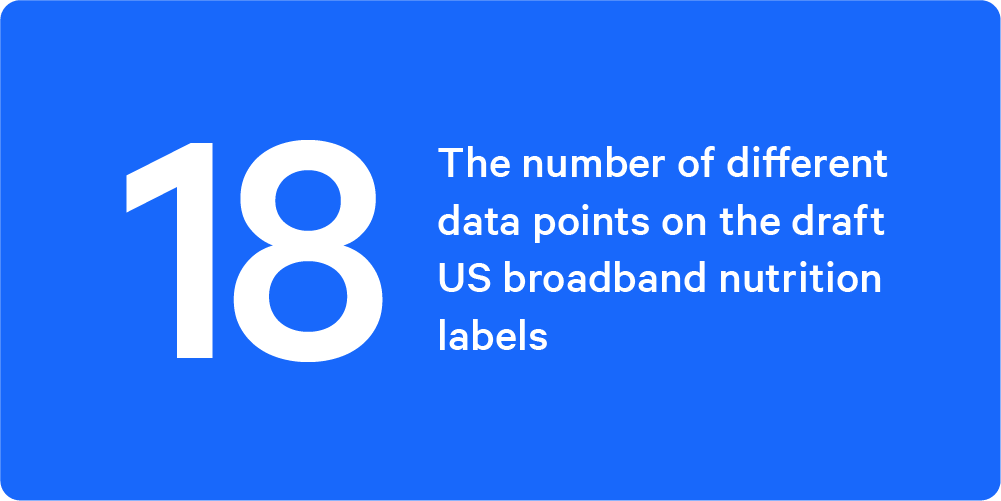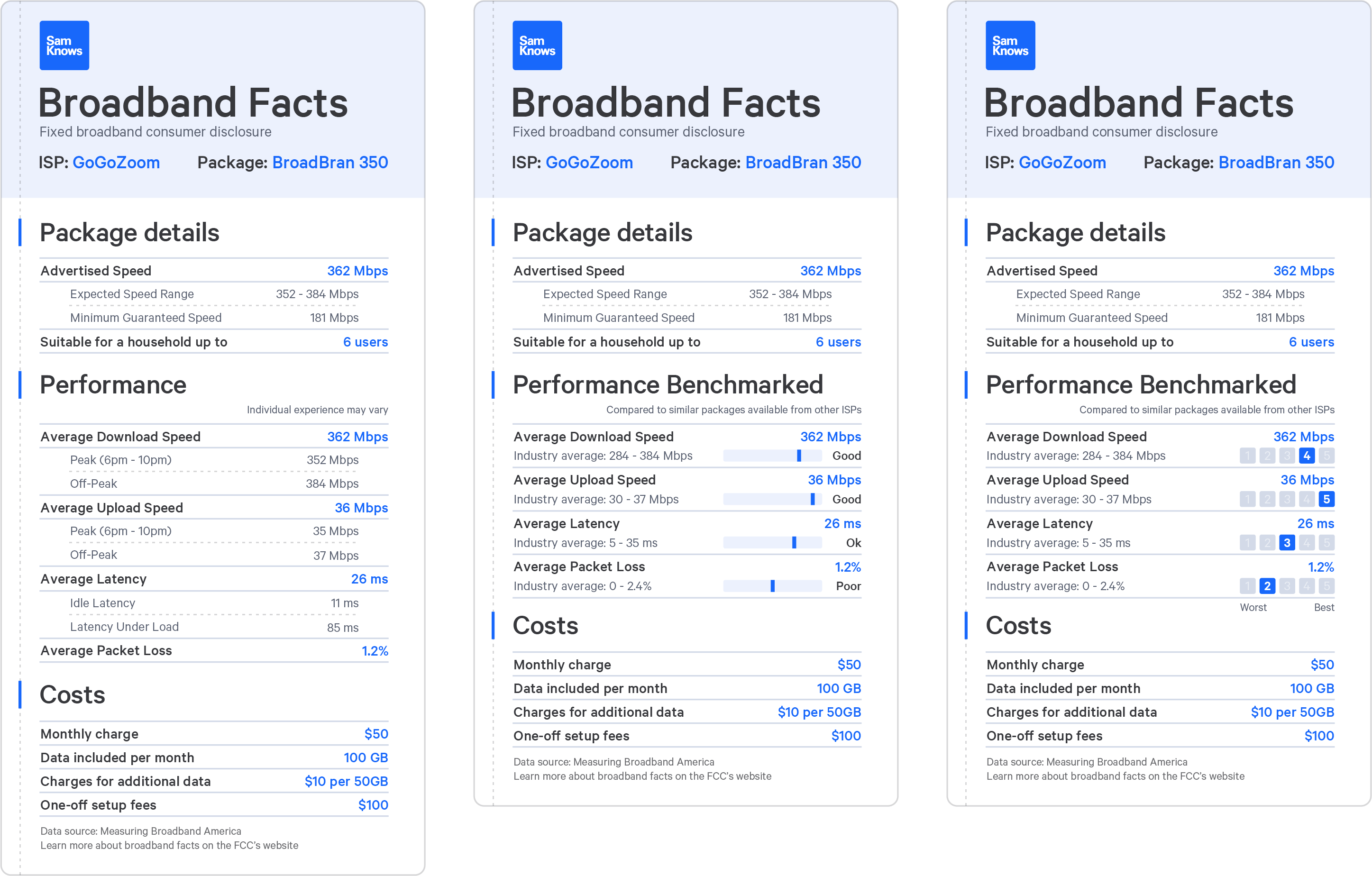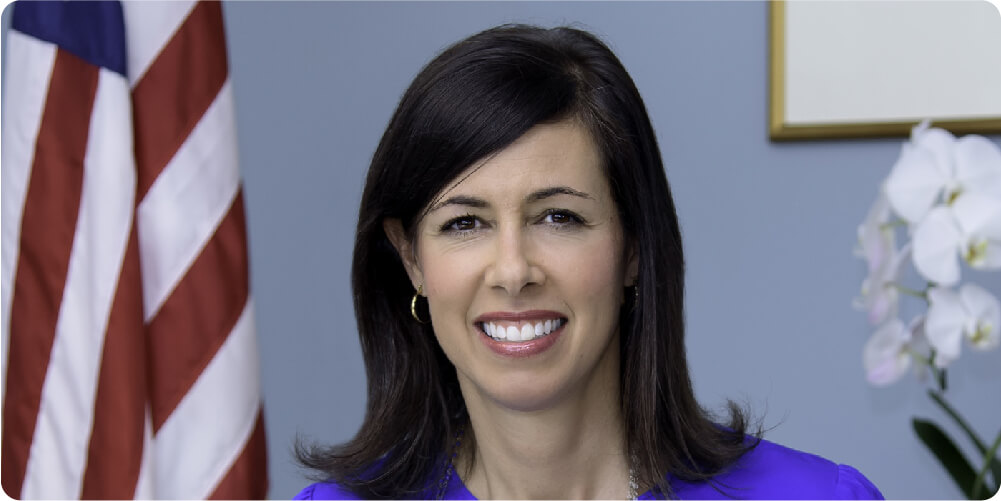Lesson from abroad
The US isn’t the first country to try and give consumers better information when it comes to buying broadband services. In the UK, for instance, regulator Ofcom has long had a Voluntary Codes of Practice on Broadband Speed, which is adopted by most – if not all – of the UK’s fixed-line providers.
The codes were last revised in 2019 and included measures to improve the relevancy of line speed estimates, by ensuring those estimates reflected peak- time performance. They also required signatories to provide a minimum guaranteed speed at the point of sale.
The end result is that broadband speed advertising has become more realistic in the UK. Take for example, BT’s Fibre 2 product, which was previously advertised as an “up to 80Mbits/ sec” or “up to 76Mbits/sec” line. It’s now promoted on its website as having a “67-73Mbits/sec download speed range”. Most other providers quote similar figures, even those who don’t participate in the voluntary code.
“There was a disconnect between the speed that was being advertised to a customer and what you actually might receive in your home,” said Roxanne Robinson.
“For example, you might have had an ISP offering a product at 76Mbits/sec download, but there are so many things that can affect that top speed – anything from the number of subscribers using the network, the number of people accessing a particular service at a particular time, or even just the type of line that you have.
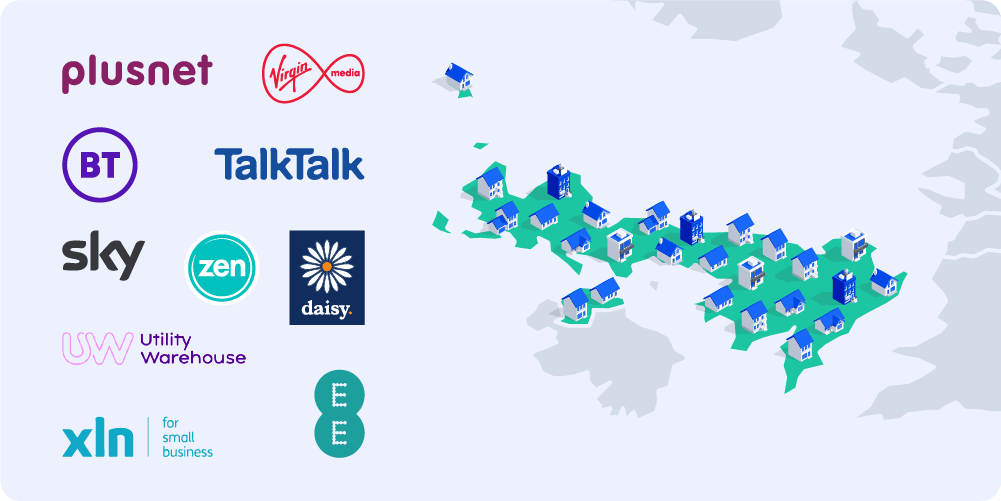
Ofcom operates a voluntary code
I think that Ofcom wanted to make sure that you had information that was more about what you were most likely to get, rather than the absolute best speed you could possibly get in the most perfect conditions.”
“It’s a much more realistic way to sell and that’s really what the voluntary code has helped to achieve,” Robinson added. “It’s much clearer, more realistic information at the point of sale.”
New Zealand is currently creating a marketing code of its own, which too looks set to focus on peak-time speeds, showing that regulators are learning from the experience of one another.








































